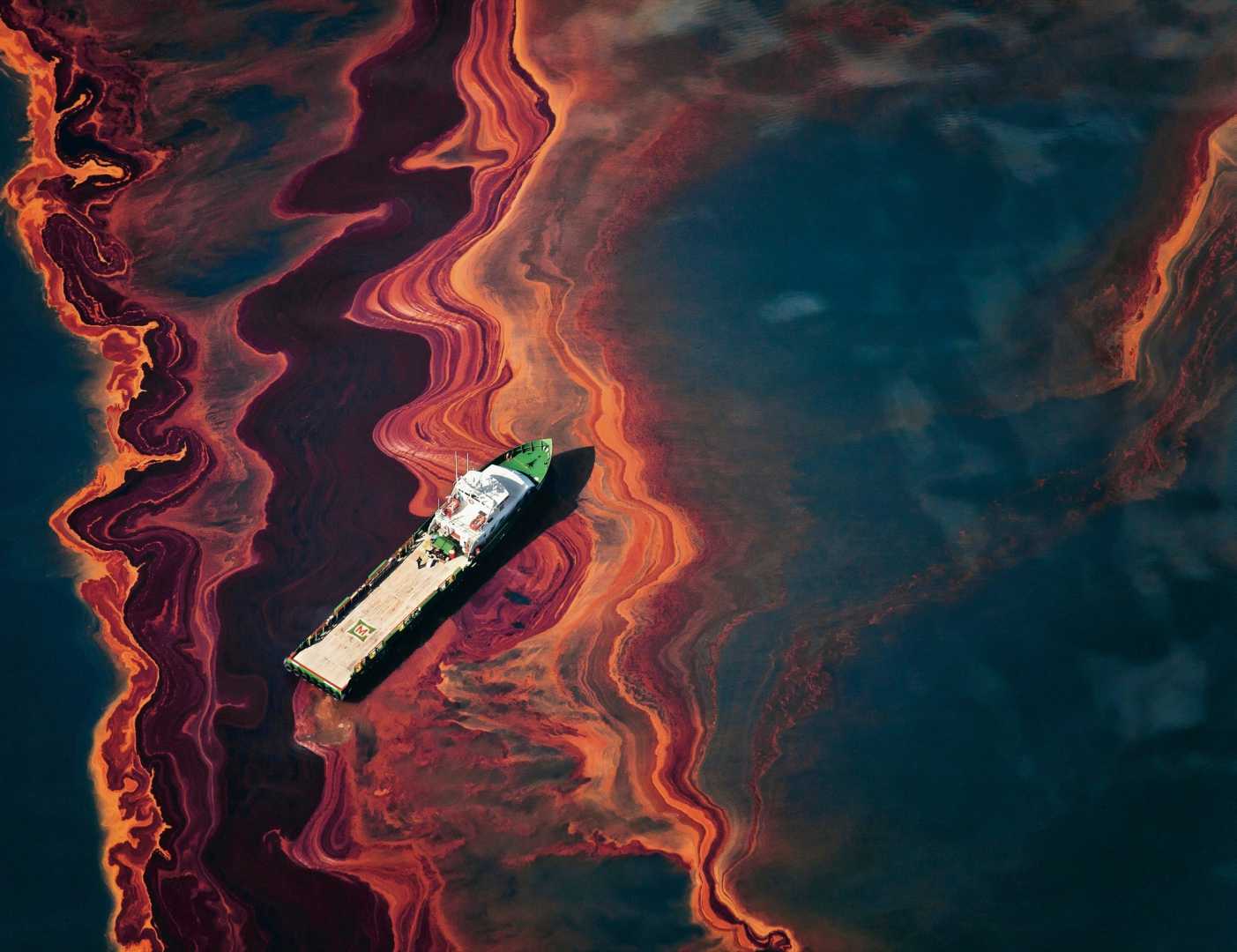News
Deepwater Horizon Spill: 15 Years of Ongoing Environmental Impact

Gulf of Mexico, April 18, 2025 — As April marks the 15th anniversary of the Deepwater Horizon oil spill, environmental experts continue to assess its lasting impacts on marine ecosystems and local communities. The disaster began on April 20, 2010, when an explosion aboard the Deepwater Horizon offshore drilling rig, operated by Transocean under a contract for BP, led to the death of 11 workers and initiated the worst oil spill in U.S. history.
The explosion was attributed to a blowout that compromised the well’s cement seal, enabling hydrocarbons to flow uncontrollably. Following the rig’s sinking on April 22, the leak persisted for nearly five months, eventually releasing approximately 4.9 million barrels of oil into the Gulf, impacting an area that stretched between 2,500 and 68,000 square miles.
Data from the National Oceanic and Atmospheric Administration reveals that the spill adversely affected more than 8,300 species, including fish, sea turtles, and marine mammals. The sheer volume of oil caused significant marine life fatalities, with estimates suggesting over 1 million birds perished, alongside severe impacts on fish populations, evidenced by cardiac issues and deformities stemming from exposure to toxic compounds.
“The effects of the oil spill are still impacting marine ecosystems today,” said Dr. Sarah Johnson, an ecologist at the Coastal Research Institute. “Many species have struggled to recover, and the full extent of the spill’s damage may not be fully understood for years.”
The economic ramifications were equally devastating. The spill prompted widespread closure of commercial and recreational fishing along the Gulf Coast, leading to a 50% decline in annual sales for Mississippi seafood businesses in 2010, compared to the previous year.
In total, the U.S. Department of Justice filed more than 130 civil lawsuits against BP, Transocean, and Halliburton for violations of the Clean Water Act. To date, BP faces approximately $54 billion in costs related to cleanup and compensation for the affected communities.
Cleanup operations employed various strategies, including burning, skimming, and the application of chemical dispersants, with roughly 1.4 million gallons of dispersants used to manage the oil slick. Although the primary cleanup efforts were declared mostly complete by 2014, ongoing monitoring of the affected ecosystems continues.
Given continuous concerns regarding the long-term effects of chemical dispersants and residual oil, NOAA has played a crucial role in restoration efforts, aiming to recover the Gulf’s ecology while preparing for future incidents. According to NOAA, the agency is committed to improving preparedness and response capabilities to such environmental disasters.
As communities and ecosystems work towards recovery, the Deepwater Horizon oil spill serves as a critical reminder of the risks associated with offshore drilling and the importance of robust safety measures in preventing similar catastrophes.












